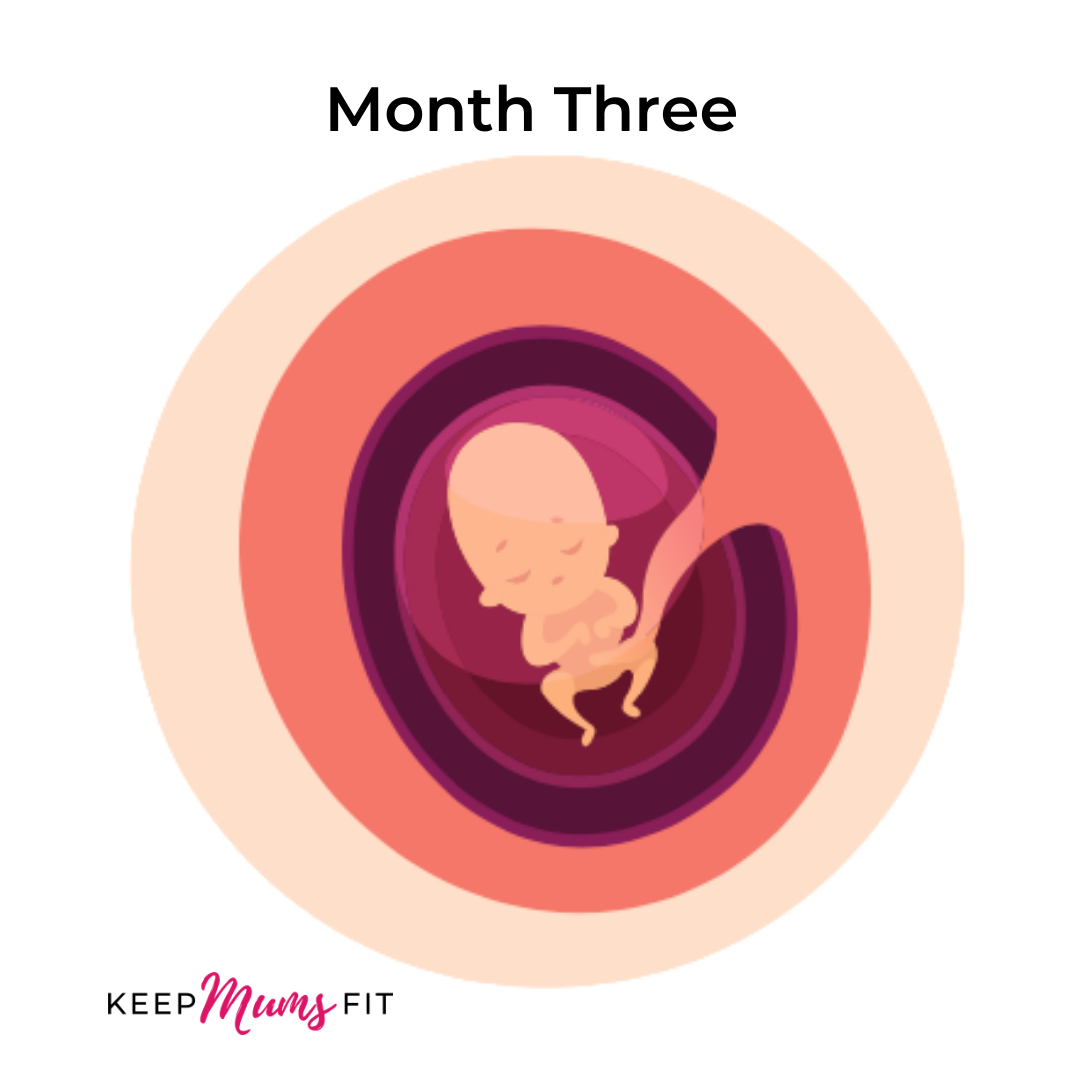Exercising through the trimesters Pregnancy Fitness
Congratulations how are you feeling?
When it comes to exercise a question I get asked is can I continue now I’m pregnant?
If you regularly exercise YES continue to exercise as you would do normally but do inform your trainer or class instructor you are pregnant, as through the trimesters modifications will need to be made and there are many instructors who are not qualified or lack confidence training pregnant mum-to-be.
This information is an extract from the original. To download a full copy head over to the members section of the website.
This information is based on low risk pregnancy and before you start any exercise program it is recommended that you speak to your health care professional.
Month 1
If you regularly exercise continue to exercise as you would do normally. At this stage it’s important to eat well increasing your protein and healthy fat intake to nourish your body and support your developing baby.
Month 4
During this month, your heart is having to work harder to meet your body’s regular demands due to the natural increase in blood volume. If you have not done so already, this may be the time to swap your normal gym classes to one which is specifically designed for pregnancy.
Month 7
You may experience cramp or restless legs at night. Before you get into bed try a few calf stretches to reduce this happening. Being less active or having a job where you sit down a lot can increase the risk of develop swollen legs (oedema) due to lack of movement. Try getting up every 20 mins perform ankle exercises, pedalling the feet up and down, heel raises marching on the spot and ankle exercises.
Month 2
Continue your exercise routine as normal, no exercise changes need to be made.It’s important however to listen to your body and rest when needed, you may find the 45-minute exercise class you normally attend a little more tiring and not as easy.
Month 5
Extra care must be taken to avoid straining the muscles of the pelvis Knees and Hips. Relaxin is the hormone which affects the ligaments throughout the body. Keep movements smaller, avoid twisting and turning suddenly and ensure you do not hold your breath during exercises.
Month 8
Support belts or bands may prove to be useful when exercising. Pelvic floor exercises become even more important now to help prevent incontinence problems after the birth. Perform your pelvic floor muscle exercises daily. The more dedicated you are with the exercises, the more successful you will be.
Month 3
As your bump is starting to show, abdominal curl ups and sit ups are not recommended, too much pressure is placed on the abdominal muscles weakening, not only the abdominal muscles but also the pelvic floor too.
Month 6
Hopefully by now you will have more energy .During this month the baby is growing rapidly and changes to your posture become more obvious. Keep mobile try pelvic tilts, all fours cat stretch for your back, seated band row for upper back and shoulders release.
Month 9
Many women continue to exercise right up to their due date and can help your baby to wiggle down into the pelvis further. Exercise is perfectly safe but don’t do too much. you need to conserve your energy for when labour begins. Perform daily mobility exercises – the labour dance not only provides you and your birth partner a few giggles but from a practical point of view it gives you a fabulous distraction method MOVEMENT
If you are looking for more information about the services we provide then head over to the Keep Mums Fit section of our website and enquire today.










